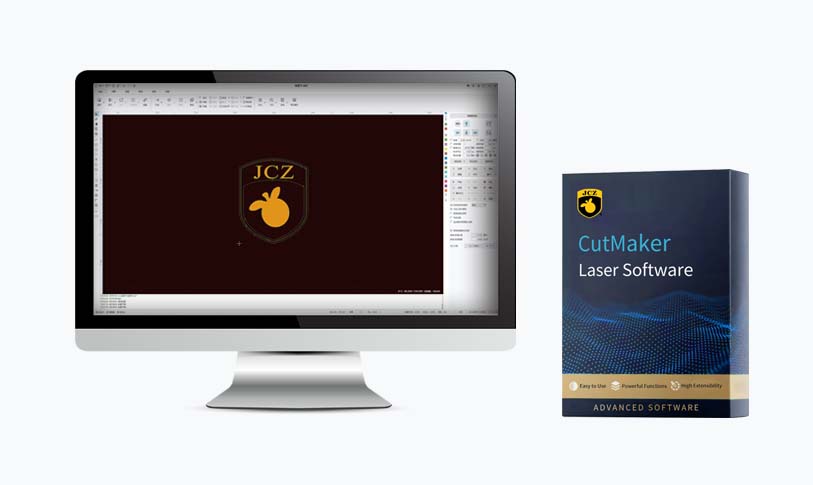UV laser systems have become an integral part of various sectors, including manufacturing, medical, and telecommunications. As technology continues to advance, these systems are being increasingly adopted due to their precision, efficiency, and versatility. In this article, we will delve into the working principles of UV laser systems, their applications across different industries, and the potential they hold for future innovations.
What is a UV Laser System?
Ultraviolet (UV) laser systems emit light in the ultraviolet spectrum, typically ranging from 100 nm to 400 nm. They are classified into three main types: excimer lasers, solid-state lasers, and fiber lasers. Excimer lasers, utilizing noble gas mixtures, are well-known for their high-energy outputs. Solid-state lasers, meanwhile, use solid gain mediums and are often employed in applications where durability and compactness are essential. Fiber lasers combine the advantages of solid-state lasers with the flexibility of fiber optics, making them increasingly popular in industrial settings.
The wavelength of light generated by UV lasers is shorter than that of visible light, which translates into higher energy photons. This property enables UV lasers to interact with materials in unique ways, resulting in applications that are not possible with other types of lasers. As such, UV laser systems have carved out a niche in processes that require precision and minimal thermal impact.
Key Applications of UV Laser Systems
1. Microfabrication and Electronics

Understanding the Functionality and Applications of UV Laser Systems in Modern Technology and Industry
One of the most prominent applications of UV laser systems is in microfabrication for the electronics industry. With the ongoing miniaturization of electronic components, manufacturers require processes that can engrave or etch features at microscopic scales. UV lasers are incredibly effective at ablation, a process in which material is removed layer by layer with minimal heat transfer, reducing the risk of damage to surrounding components.
UV lasers also play a crucial role in the production of printed circuit boards (PCBs). They are used to drill precise holes and create intricate patterns on the board, paramount for mounting components and ensuring electrical connectivity.
2. Medical Applications
In the medical field, UV laser systems are utilized for a range of therapeutic and surgical procedures. For instance, excimer lasers are often used in dermatology for advanced skin treatments, including tattoo removal and scar revision. The high-energy short pulses of UV light break down pigments in the skin without damaging surrounding tissues, allowing for effective treatment with minimal recovery time.
Moreover, UV laser systems are gaining traction in ophthalmology, particularly in procedures such as LASIK surgery. The precision of UV lasers allows for accurate reshaping of the cornea to correct refractive errors, significantly improving patient outcomes.
3. Marking and Engraving

Understanding the Functionality and Applications of UV Laser Systems in Modern Technology and Industry
The marking and engraving industries have also embraced UV laser systems. They can be applied to plastics, metals, and glass for product identification, brand logos, and serial numbers. The focused wavelength allows for creating high-contrast markings without the need for inks or solvents, promoting environmentally friendly practices.

Understanding the Functionality and Applications of UV Laser Systems in Modern Technology and Industry
UV lasers have shown superiority in processing sensitive materials, where depth control and minimal thermal distortion are critical. For example, cosmetic products, electronic devices, and medical instruments often utilize laser marking to ensure clean and precise branding without compromising material integrity.
Future Potential and Innovations
As industries evolve, the demand for more advanced and versatile UV laser systems is expected to grow. Ongoing research is focusing on developing new materials and innovative laser designs that could extend the capabilities of UV lasers further. For instance, the integration of AI and machine learning into laser systems may lead to adaptive processes that can optimize output and efficiency dynamically.
Moreover, with the push toward sustainability, UV laser systems are positioned well to meet the need for environmentally friendly manufacturing solutions. Their precision and reduced waste generation align with the growing requirements for greener industrial practices.
Conclusion
In summary, UV laser systems are reshaping how industries operate, providing capabilities that are crucial for innovation and efficiency. From microfabrication in electronics to medical treatments and engraving, the versatility of UV lasers continues to open new avenues for applications. As technology advances, we can expect to see even more sophisticated UV laser systems making their mark on an increasingly diverse array of industries, driving progress and paving the way for a more technologically advanced future.pico laser 1064




